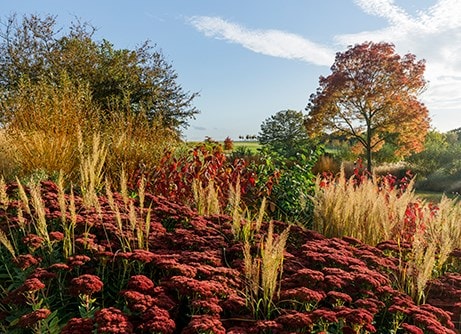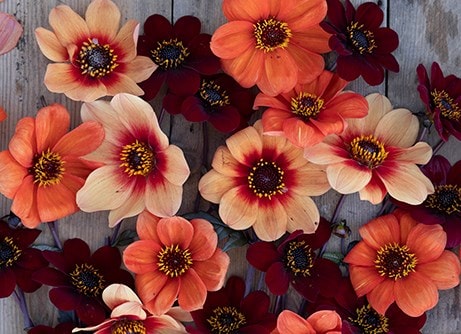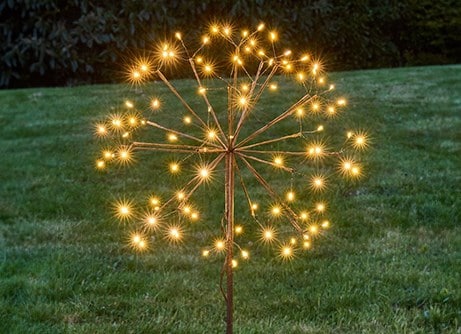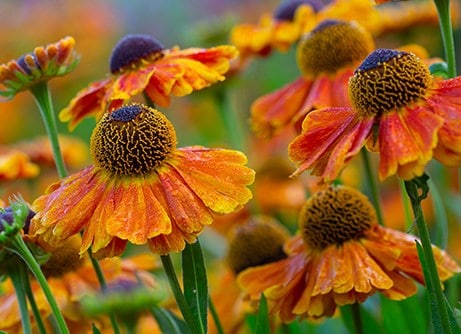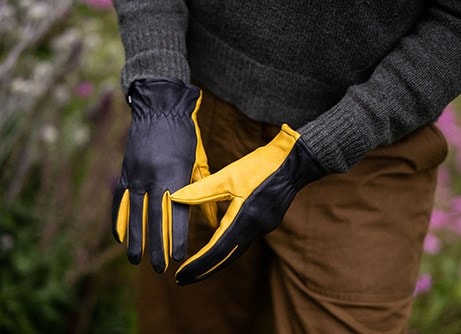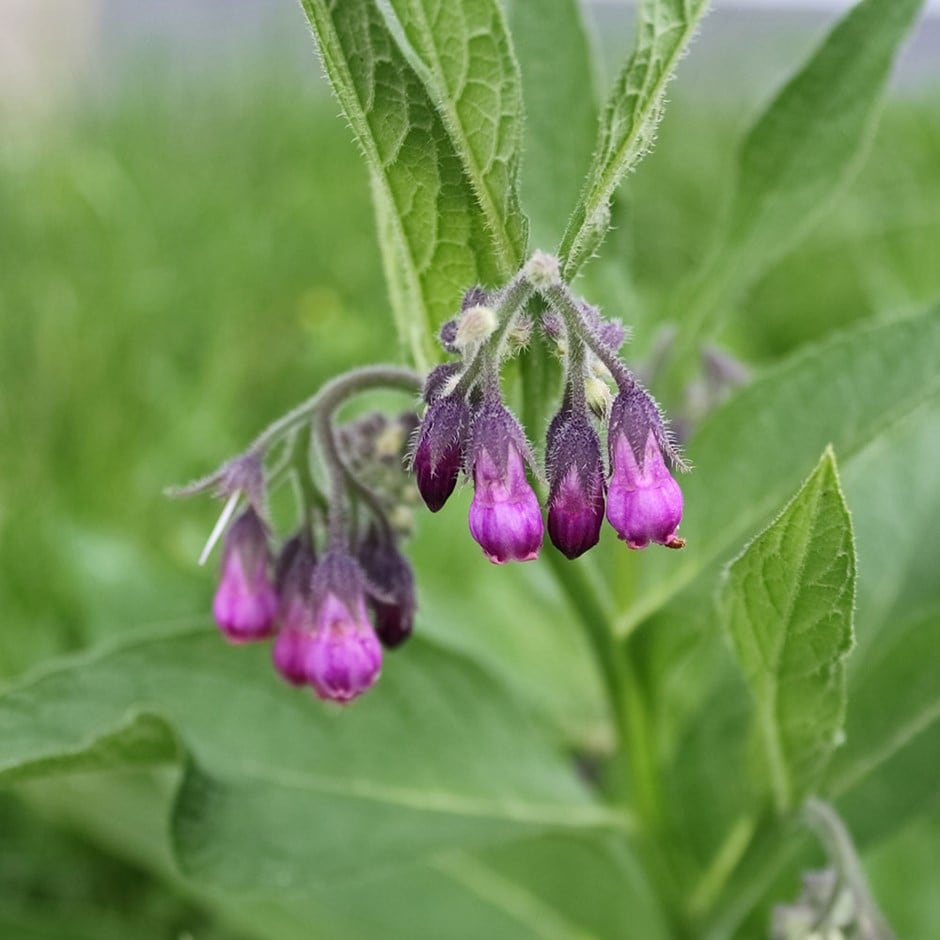Attractive drooping clusters of blue, purple, pink or cream, bell-shaped flowers in early summer above mounds of mid-green leaves. Comfrey is excellent groundcover for a moist, partially shady border or woodland edge. Although a good companion for ferns and shade-loving woodland plants it's best sited away from smaller, less vigorous species. The leaves can be steeped in water to make 'comfrey tea', which produces an excellent organic plant food.
Growing instructions:
From March, direct sow thinly 10mm deep in rows 30cm apart. When large enough to handle thin to 60cm spacing. Comfrey foliage can be harvested (while wearing gloves) 3 or 4 times throughout the summer.
Eventual height:
1.5m
Eventual spread:
1.5m
Position:
Full sun / light shade
Rate of growth:
Fast-growing
Soil:
Moderately fertile, moist but well-drained soil, or peat-free general purpose compost
-
 This perennial dies back to below ground level each year in autumn, then fresh new growth appears again in spring.
This perennial dies back to below ground level each year in autumn, then fresh new growth appears again in spring.
-
 Humans/Pets: Harmful if eaten repeatedly
Humans/Pets: Harmful if eaten repeatedly


